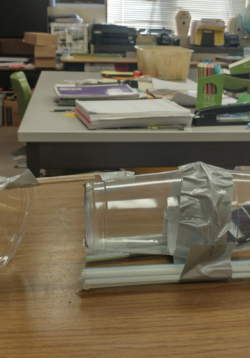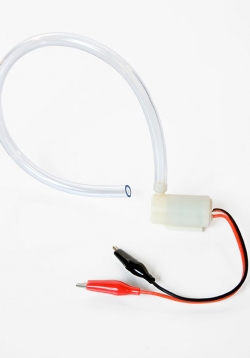Exploring Buck and Boost Converters
This lab uses a variety of voltage conversion devices to output 5 Volts, the requirements for a USB charger such as for a cell phone. Students will take data on these devices and calculate, graph and compare efficiencies of different devices. Devices used...







